Minutes from RBA’s July 4th meeting reveal that two options were considered: raising cash rate by additional 25 bps, or keeping it unchanged. RBA eventually chose the latter, acknowledging the “uncertainty around the outlook and the significant increase in interest rates to date.” Members agreed to “reassess the situation at the August meeting.”
Despite maintaining status quo, RBA members acknowledged the possibility of future policy tightening. “Members agreed that some further tightening of monetary policy may be required to bring inflation back to target within a reasonable timeframe, but that this depended on how the economy and inflation evolve,” the minutes read.
RBA’s decision underscores the central bank’s caution amid shifting economic conditions. With August meeting on the horizon, the Board anticipates additional data on inflation, the global economy, labor market, and household spending. This incoming information, combined with updated staff forecasts and a revised risk assessment, will guide the next policy decision.




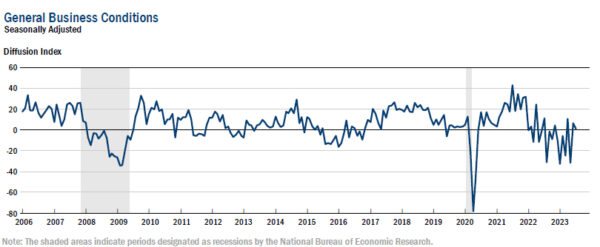
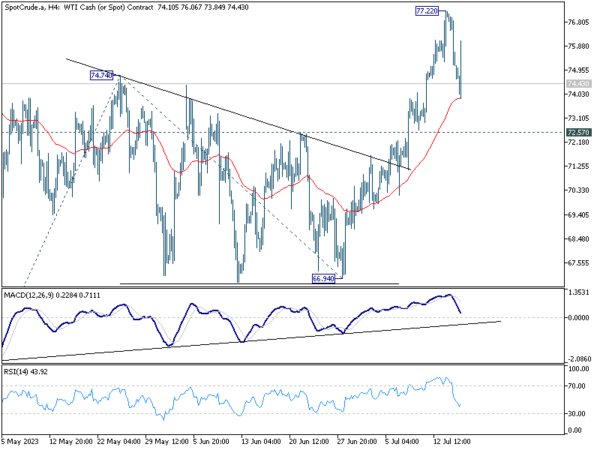
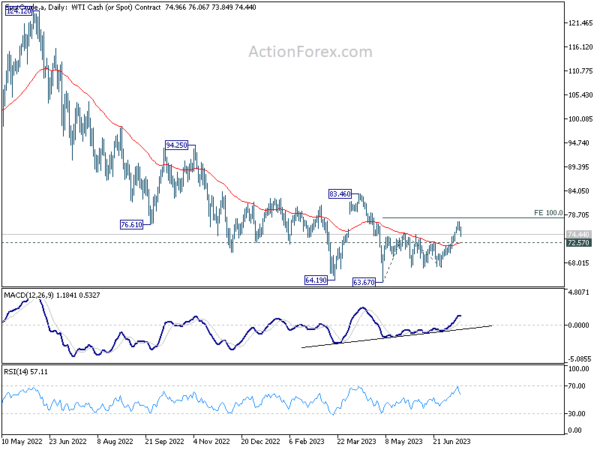
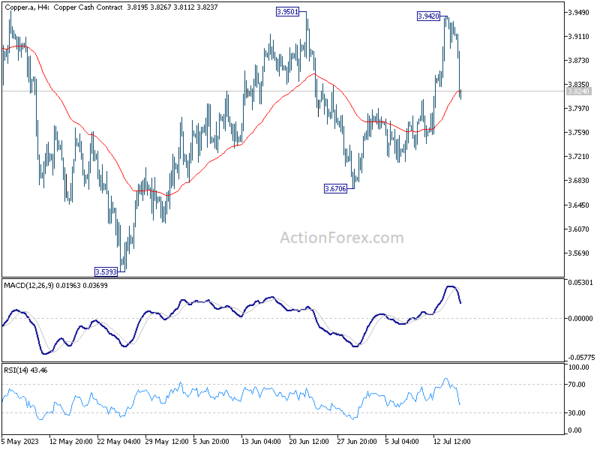
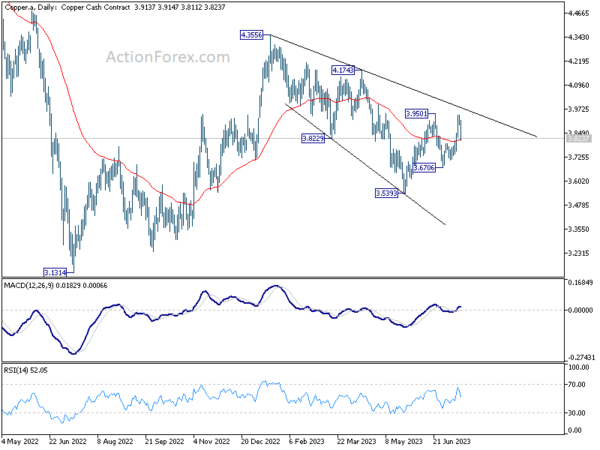
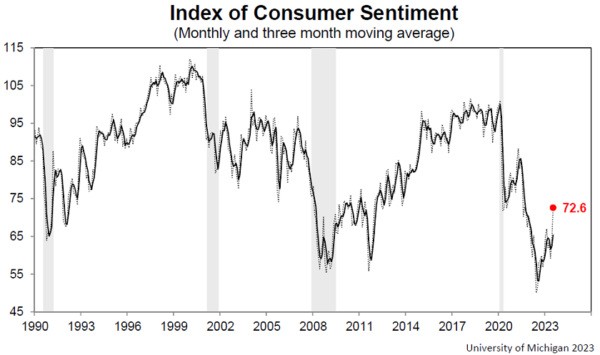
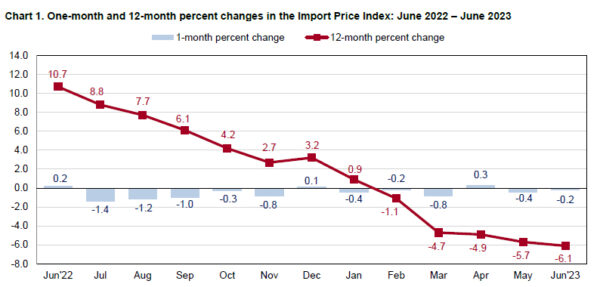
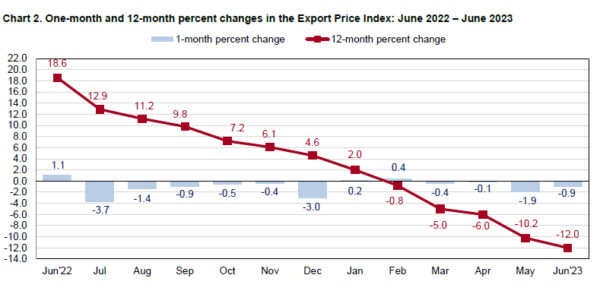
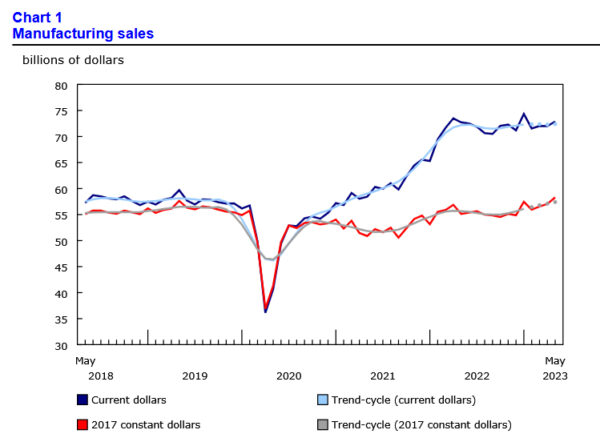
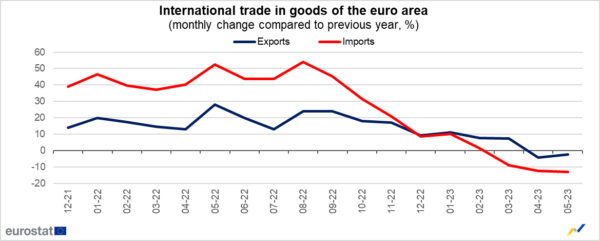
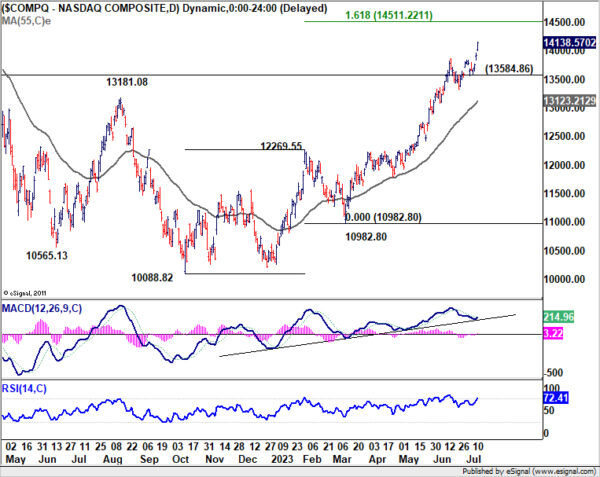
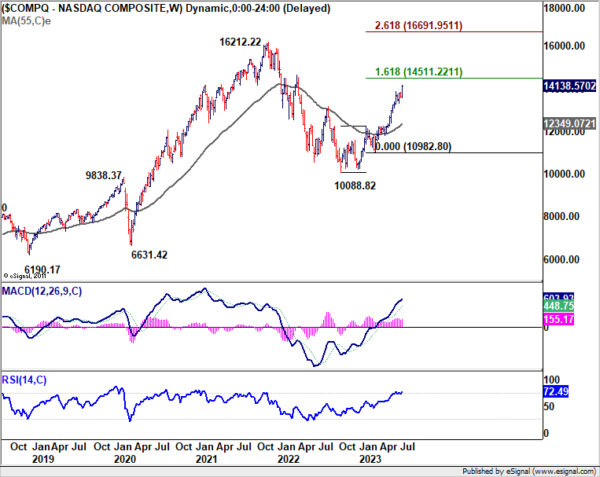
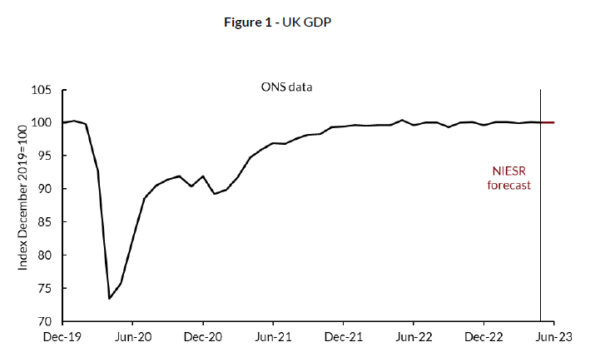
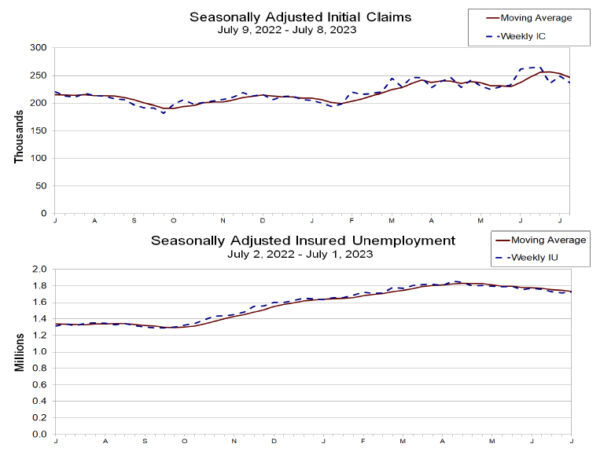
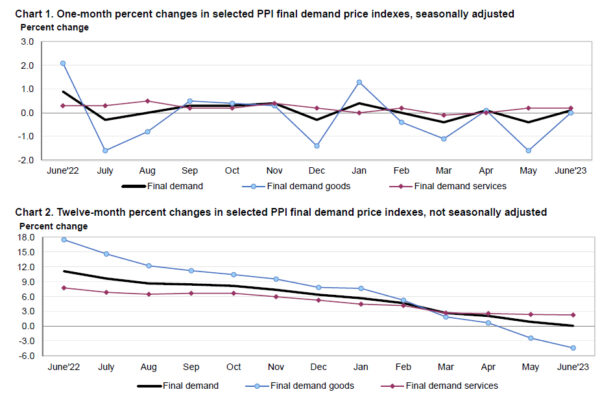
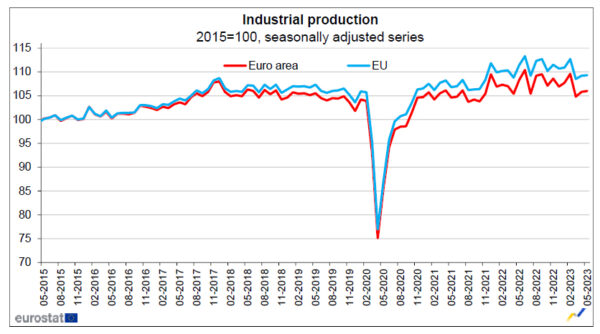
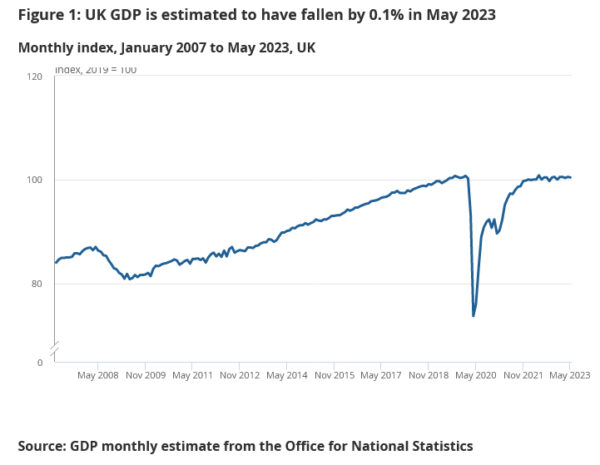

ECB Visco: Inflation may come down faster
Talking to Bloomberg TV, ECB Governing Council member Ignazio Visco said, “Since we have also been observing a substantial reduction in energy prices, we have to expect that this will be seen also in underlying inflation in the coming months, certainly by the end of the year.”
Visco also suggested the possibility of a quicker pace than initially forecasted by ECB, saying, “The ECB projects that by the end of 2025 there will be 2% — my impression is that it might be faster.”
Visco cautioned against the risks associated with making excessive adjustments, stating, “There is a risk of doing too much and I think that we have to be careful about that.” However, he also noted the potential risk of doing too little, emphasizing the need for balance and judicious decision-making based on incoming information.
Meanwhile, another Governing Council member Klaas Knot expressed his perspective on potential policy adjustments beyond July. “For July I think it (rate hike) is a necessity, for anything beyond July it would at most be a possibility but by no means a certainty,” Knot said. He urged careful monitoring of the data from July onwards, to assess the distribution of risks surrounding the baseline.